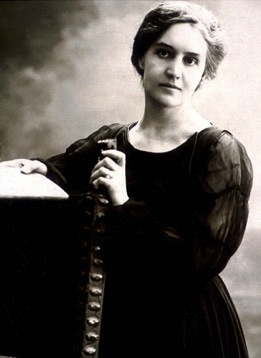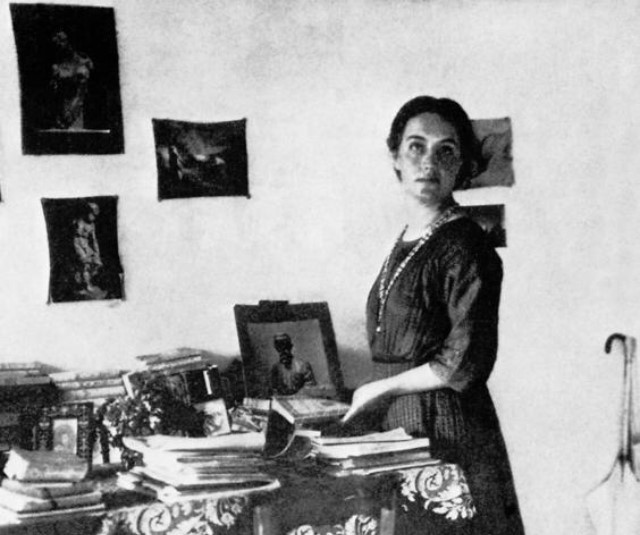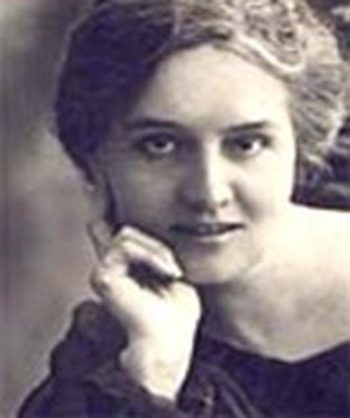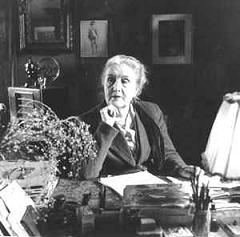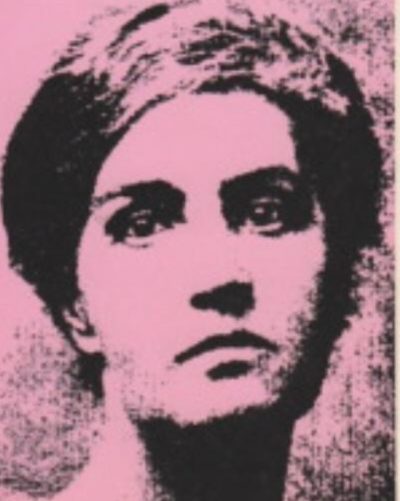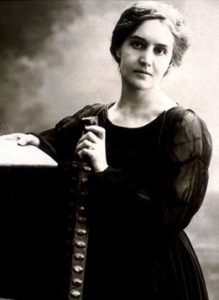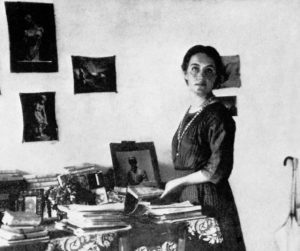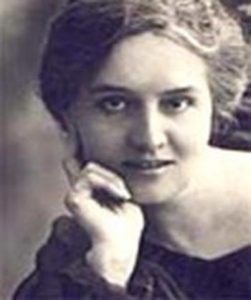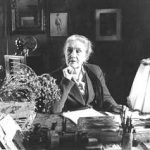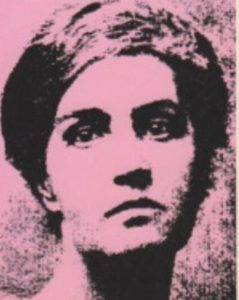Written by Valentina Biondini, literature amateur
“Why Have There Been No Great Female Artists?” was the title of a famous essay by the American Linda Nochlin, an essay that still has all its charm. It was 1971 and Nochlin, an art history teacher at Vassar College in New York, had thought of shedding light on one of the dark sides of her subject: the reason why the stage of visual arts had always been trodden, with a few rare exceptions, by male artists.
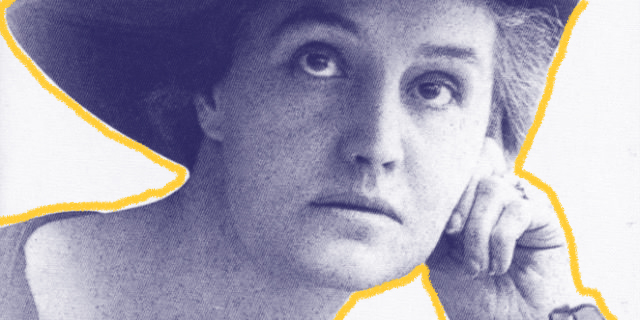
Her text refuted the prejudice according to which the male artistic genius would be superior to the female one, adducing a whole series of barriers – social, cultural, political ones – which, for centuries, have kept women away from art, first of all the prohibition of entering the academies. However, changing the scenography, passing from the field of art to the literary one, we notice that the substance does not change: the number of women writers remains well below that of their male counterparts, at least until the last century.
In order to give a voice – why not? – to a female literary talent unfairly forgotten, we decided to tell you about Sibilla Aleramo.
Marta Felicina Faccio, also known as Sibilla Aleramo, is born in 1876 in Alessandria and soon she moves with her family to Porto Civitanova, in the Marche Region. The transfer to the South marks a deep divide in her life: after a free childhood and a liberal education, she finds herself married to a rough local boy, at the age of 15 and with a shotgun wedding. The marriage soon reveals itself to be a claustrophobic trap for her and in 1901 she arrives at the drastic resolution, inconceivable for the time, of abandoning her husband and beloved son, to start her second life as a free woman.
She moves to Rome and dedicates herself entirely to literary production: she writes articles on customs and sociology and then comes to touch, with a more and more confident pen, the theme of the feminine condition, a territory completely unexplored in Italy. After the end of the marriage, she has several love affairs with exponents of the Italian literary environment – Giovanni Cena, Salvatore Quasimodo and Dino Campana, just to mention the most famous ones, plus a homosexual relationship with the writer Lina Poletti -, and it is discouraging to point out how she is remembered more for her troubled love life, rather than for her literary talent or for her fundamental contribution to the debate on the feminine condition of which she was, undoubtedly, a pioneer and forerunner in Italy.
Throughout her life, Sibilla collaborates with various magazines, such as “Vita internazionale” and “Vita moderna”, in addition, for a brief period, she directs “L’Italia femminile”. She writes books both in prose and in poetry. In the first genre we can mention at least: “Una donna”, “Il passaggio”, “Andando e stando”, “Amo, dunque sono”, “Il frustino”, whilst in the second one: “Sì alla Terra”, “Momenti”, “Aiutatemi a dire”, “Selva d’amore”, “Luci della mia sera”.
Her experience and her loves represent the material at the base of all his works, but it is especially true in her first novel, “A woman”, published in 1907, where Sibilla reaches the highest point of her production. Both diary, novel and autobiography, “Una donna” narrates the events and the most intimate movements of her soul that lead her to the suffered, but convinced decision to affirm her essence as a woman, a free human being, rejecting the traditional roles of mother and wife. A story that is both intimate and universal, which, on its release, launches a debate without precedents on the condition of women, relegated in the family environment and cut off from any active role in society.
The cultural excitement following the publication of the book, immediately translated into twelve languages, leads Aleramo to join the women’s emancipation movement, taking part in debates in magazines and experiencing new relations of female friendship that go under the name of “sisterhood”, a concept not yet defined at that time.
Defined by someone as an exercise of self-analysis in literary form (pitiless towards everyone, including the protagonist), “Una donna” is one of the first feminist books printed in Italy. So why not starting from it for discovering a gifted Italian author who wrote – and did – so much in behalf of women’s emancipation?
Valentina Biondini, literature expert, is a literature enthusiast, especially of the Victorian era and passionate about anglo-saxon culture. Valentina collaborates with the online magazine dedicated to culture, performance and entertainment Parole a Colori”, writing about books, movies and lives of authors. Always fascinated by the feminine talent, particularly in literature, she is interested in the relationship between art and female creativity. Her intent is to let the feats and achievements of female artists be known, which sometimes remain unacknowledged. She is a contributor of the column “Who’s next?..” of The Female Curators.
